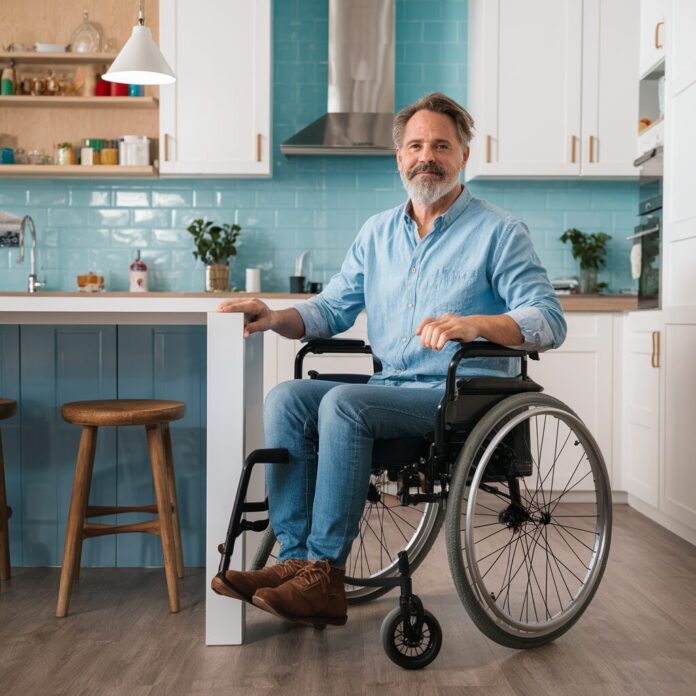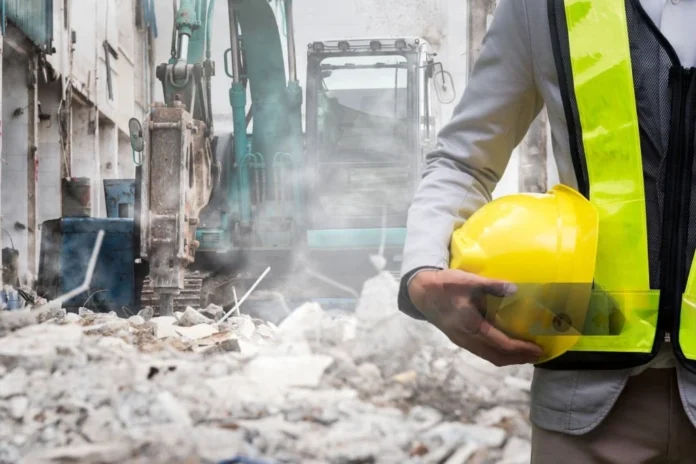Making a home accessible and comfortable for wheelchair users is not just about adding a ramp. It involves thoughtful modifications that ensure independence, safety, and ease of use throughout the house. In 2024, advances in technology and design offer new and improved ways to make homes more accessible. This blog post explores the top 10 wheelchair-friendly home modifications, providing insights into how each can enhance the living environment of individuals with mobility challenges.
1. Platform Lifts for Enhanced Home Accessibility
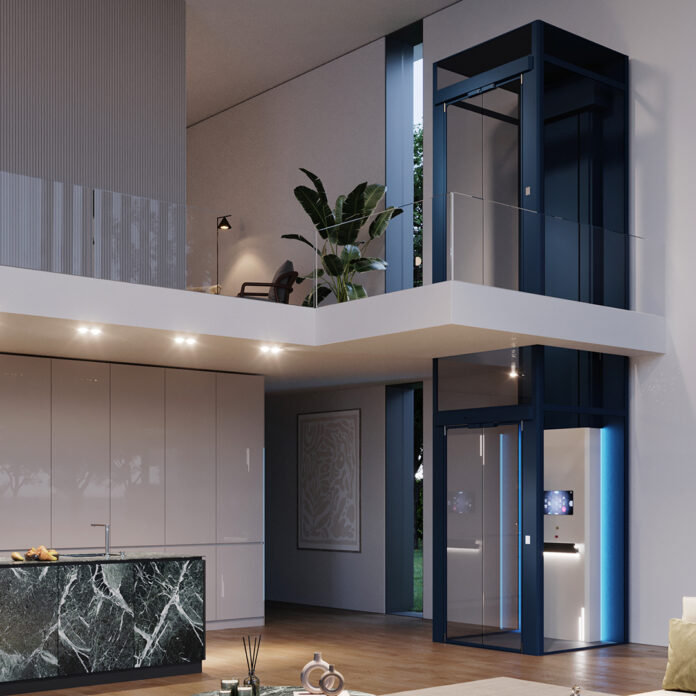

Platform lifts are an excellent solution for enhancing the accessibility of multi-story homes for individuals who use wheelchairs or have limited mobility. Discover the latest advancement in home mobility solutions: the innovative cabinless electric home lift. This cutting-edge design revolutionizes the traditional house lift by eliminating the cabin, resulting in a more compact and less obtrusive system. They can be seamlessly integrated into existing homes without the need for extensive renovations, providing a smooth, safe, and reliable means of moving between floors.
2. Ramps and Gradual Inclines
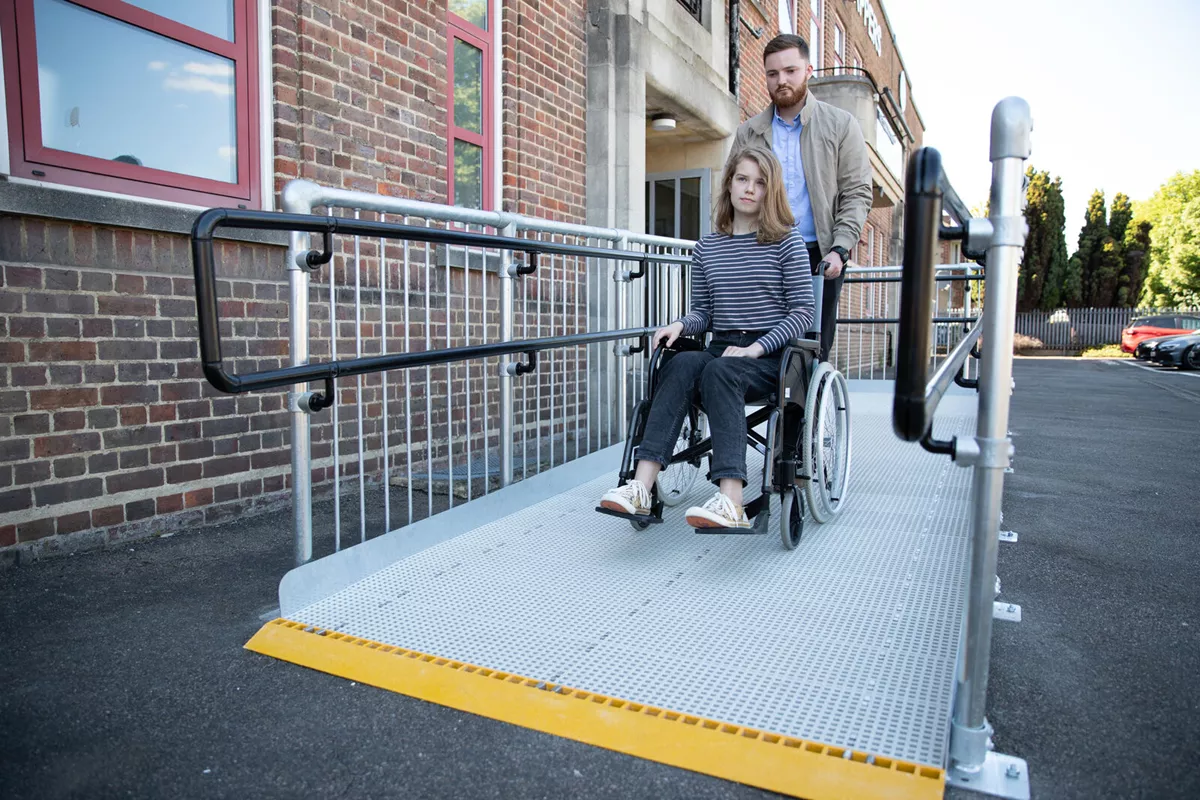

Ramps are the most recognizable form of accessibility modification. They are essential for navigating transitions like doorways, steps, or different levels within the home. When installing ramps, the slope and materials used are crucial for safety and usability. The recommended slope for a ramp is a 1:12 ratio, meaning for every inch of vertical rise, there should be at least 12 inches of ramp run. Materials should be non-slip and weather-resistant, especially in outdoor areas. Beyond basic installation, ramps can be customized to fit the aesthetic and specific needs of a house. Permanent ramps may be constructed from wood or concrete, while portable ramps are usually made of lightweight aluminum or composite materials, offering flexibility and temporary access solutions.
3. Widened Doorways and Hallways
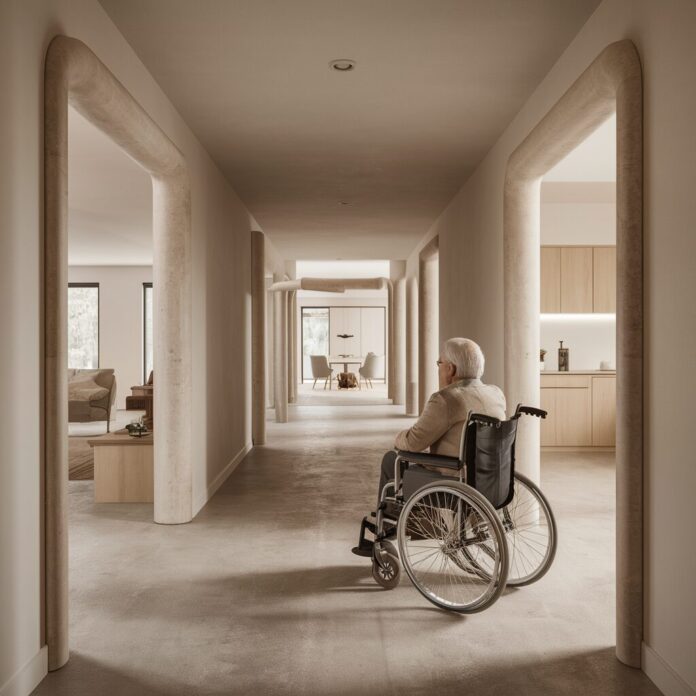

Widening doorways and hallways is crucial for providing enough space for a wheelchair to pass through comfortably, making it a fundamental modification for accessibility. This modification often involves structural changes to the home, such as altering door frames and adjusting electrical wiring. It’s important to ensure that these changes meet local building codes and are performed by qualified professionals. Integrating these changes aesthetically into the existing house design can be challenging but achievable with thoughtful planning. Using the same materials and finishes can help maintain the home’s original look and feel.
4. Accessible Bathrooms
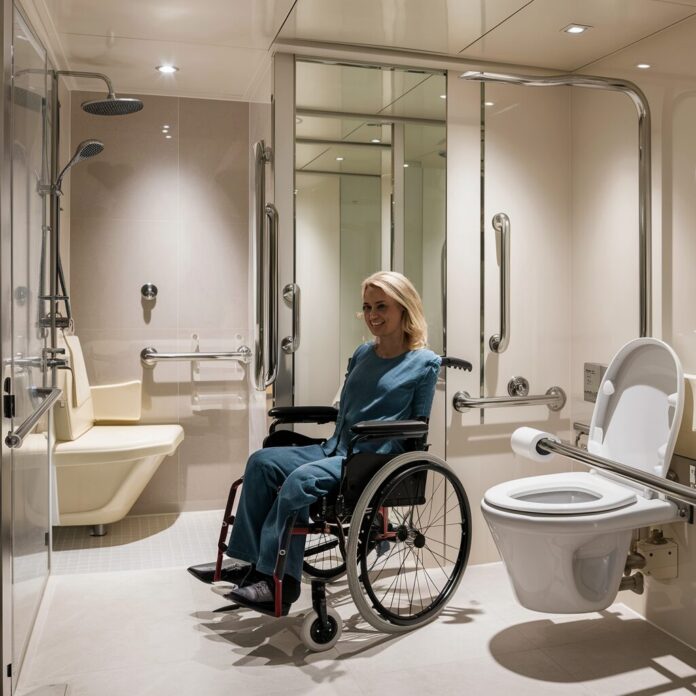

Bathrooms need specific modifications to enhance usability and safety for wheelchair users, including accessible showers, sinks, and toilets. Roll-in showers with no steps are essential, and they should include grab bars and non-slip flooring for safety. The shower area must also have enough room for a wheelchair to turn around comfortably. Sinks and toilets should be installed at heights that are accessible from a wheelchair. This might mean lowering sinks and using raised toilet seats. Additionally, space should be provided under the sink for knee clearance.
5. Kitchen Adjustments
The kitchen is a critical area that often requires numerous modifications to be truly accessible for wheelchair users. Countertops and sinks should be lowered, or at least a portion of them should be accessible at wheelchair height. Adjustable height counters can also be installed, allowing for flexibility based on the user’s needs. Appliances such as ovens and dishwashers should be installed at reachable heights and should have controls accessible from the front. Refrigerators with side-by-side doors are preferable for easier access from a wheelchair.
6. Smart Home Technology
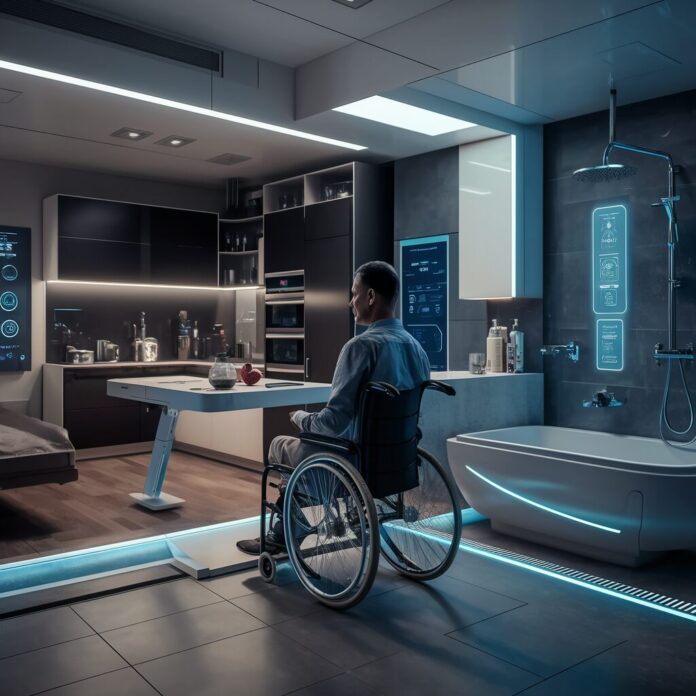

Smart home technology can greatly enhance the independence of individuals with mobility issues by allowing them to control various aspects of their house environment easily. Systems that automate lighting, heating, cooling, and security can be controlled via smartphone apps or voice commands, reducing the need for physical movement and reach. These systems must be customizable to individual needs, ensuring that users can set up and use them without requiring assistance from others.
7. Flooring Modifications
Choosing the right flooring is essential to make a home more navigable and safe for wheelchair users. Hard, smooth flooring like hardwood, vinyl, or laminate can make it easier for wheelchairs to move. These materials also need to be durable to withstand frequent traffic and the weight of a wheelchair. Areas prone to moisture, like bathrooms and kitchens, should have non-slip flooring to prevent accidents. This can be achieved with textured tiles or mats that are designed to provide traction without hindering wheelchair movement.
8. Customizable Design Options for Home Lifts
It’s very important that each installation complements the interior design of the home. Clients can choose from a range of finishes and materials, from sleek glass to classic wood, allowing the lift to blend in as a natural part of the home décor. Additionally, the lifts can be fitted with different cabin sizes and door configurations to accommodate specific spatial requirements and personal preferences. This level of customization not only enhances the functionality of the lift but also elevates the overall aesthetic appeal of the living space.
9. Advanced Safety Features for Secure Mobility
Safety is a paramount concern when it comes to house lifts. Platform lifts need to be equipped with advanced safety features such as emergency stop buttons, automatic door locking systems, and anti-slip flooring. Each lift should also undergo rigorous testing to ensure it meets all European safety standards, providing peace of mind for users and their families. These features make platform lifts a reliable and secure option for enhancing house mobility.
10. Energy-Efficient Lift Solutions for Sustainable Homes
In an era where energy efficiency and sustainability are increasingly important, eco-friendly platform lifts are one of the best choices. These lifts are designed to consume less power compared to traditional elevators, using energy-efficient motors and systems that reduce overall electricity use. Additionally, some models come equipped with energy recovery systems that capture and reuse energy generated during the lift’s descent. This commitment to energy efficiency helps homeowners reduce their carbon footprint while ensuring their mobility needs are met.
Conclusion
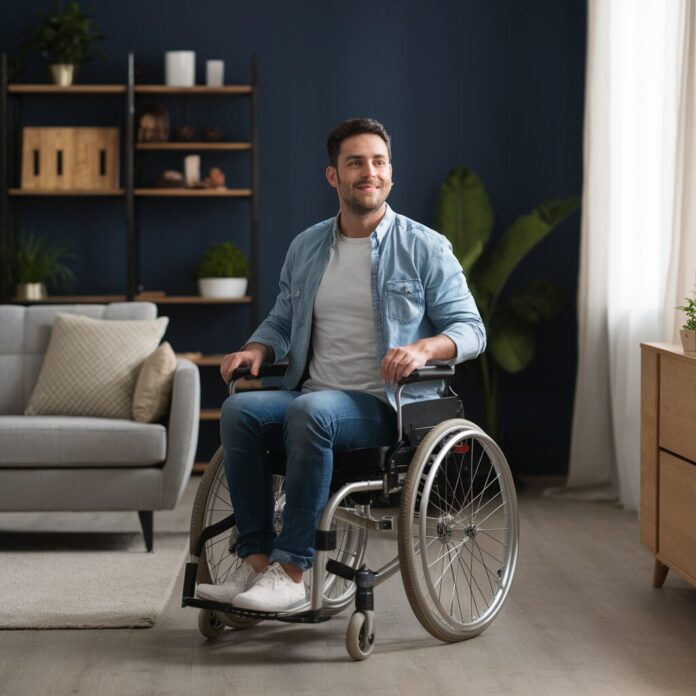

In conclusion, making a home wheelchair-friendly involves a range of modifications, from basic ramps to advanced smart home technology. Each modification not only increases the functionality of the home but also enhances the comfort and independence of its residents. As we move into 2024, these modifications continue to evolve, offering greater flexibility and options for creating a fully accessible home environment.

